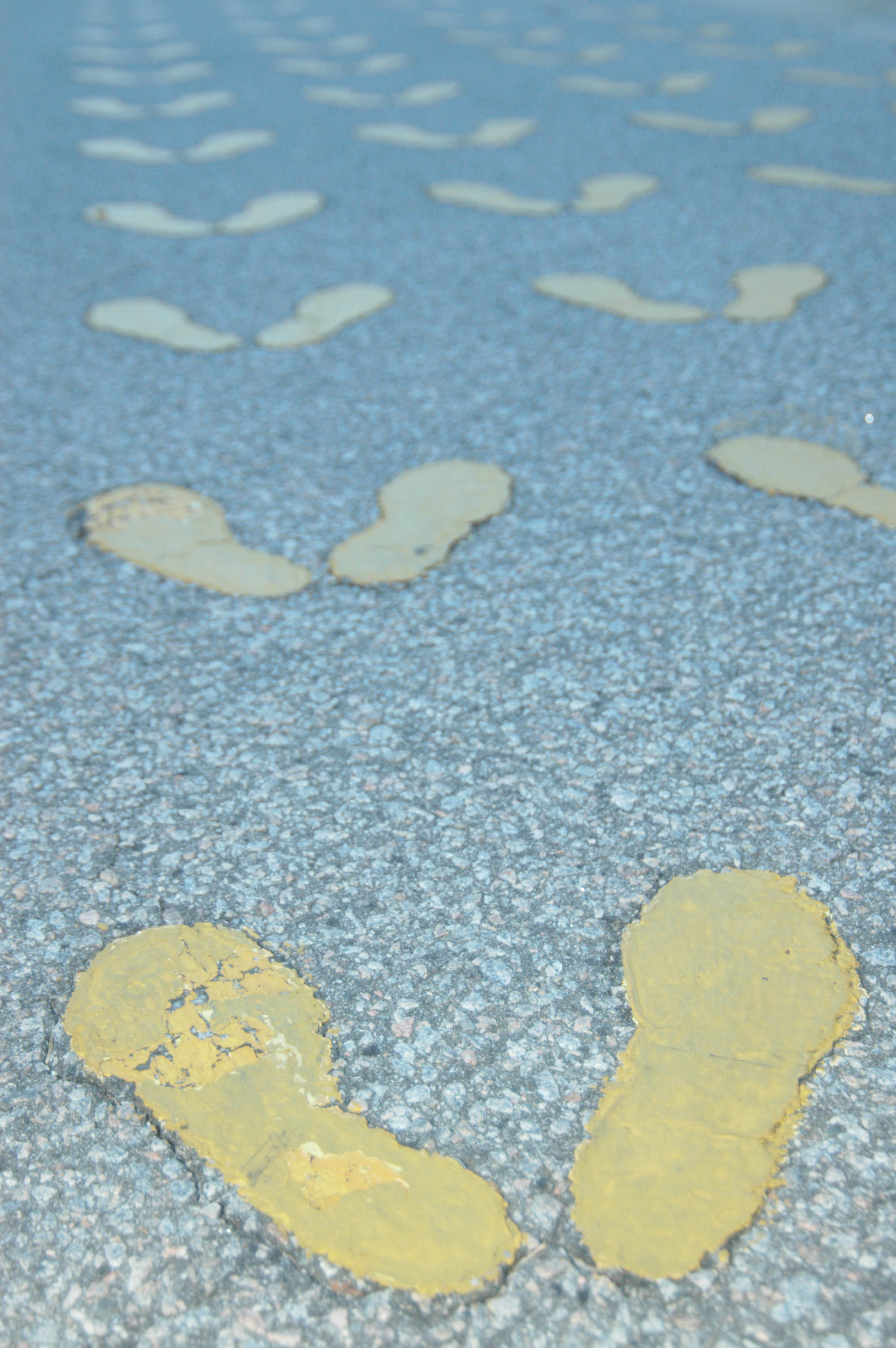|
VP-29
VP-29 was a Patrol Squadron of the U.S. Navy. The squadron was established as Patrol Squadron 14-F (VP-14F) on 1 November 1935, redesignated Patrol Squadron 14 (VP-14) on 4 September 1937, redesignated Patrol Squadron 52 (VP-52) on 1 July 1939, redesignated Patrol Squadron 72 (VP-72) on 1 July 1941, redesignated Patrol Bombing Squadron 122 (VPB-122) on 1 October 1944, redesignated Patrol Squadron 122 (VP-122) on 15 May 1946, redesignated Heavy Patrol Squadron (Landplane) 12 (VP-HL-12) on 15 November 1946, redesignated Patrol Squadron 29 (VP-29) on 1 September 1948 and disestablished on 18 January 1950. Operational history *1 Nov 1935: VP-14F was established at NAS Norfolk, Virginia. The squadron flew a complement of six PM-2 flying boats, with tender support provided by . *1 March 1938: VP-14 participated in Fleet Landing Exercise No. 4, visiting ports at Miami, Florida, Guantanamo Bay Naval Base, Cuba, Port Padre, San Juan, Puerto Rico and Saint Thomas, U.S. Virgin Islands. *J ... [...More Info...] [...Related Items...] OR: [Wikipedia] [Google] [Baidu] |
VP-34
VP-34 was a Patrol Squadron of the U.S. Navy. The squadron was established as Patrol Squadron 15-F (VP-15F) on 1 September 1936, redesignated Patrol Squadron 15 (VP-15) on 1 October 1937, redesignated Patrol Squadron 53 (VP-53) on 1 July 1939, redesignated Patrol Squadron 73 (VP-73) on 1 July 1941, redesignated Patrol Bombing Squadron 73 (VPB-73) on 1 October 1944, redesignated Patrol Squadron 73 (VP-73) on 15 May 1946, redesignated Amphibian Patrol Squadron 4 (VP-AM-4) on 15 November 1946, redesignated Patrol Squadron 34 (VP- 4) on 1 September 1948 and disestablished on 30 June 1956. It was the second squadron to be designated VP-34, the VPB-34, first VP-34 was redesignated VPB-34 on 1 October 1944. Operational history 1 September 1936: VP-15F was established at Naval Support Activity Annapolis, NAF Annapolis, Maryland, under the operational control of Base Force with six Consolidated P2Y, P3M-2 aircraft. Shortly thereafter, the squadron relocated to NAF Norfolk, Virginia. prov ... [...More Info...] [...Related Items...] OR: [Wikipedia] [Google] [Baidu] |
VP-40
VP-40 was a Patrol Squadron of the U.S. Navy. The squadron was established as Patrol Squadron 55 (VP-55) on 1 August 1940, redesignated Patrol Squadron 74 (VP-74) on 1 July 1941, redesignated Patrol Bombing Squadron 74 (VPB-74) on 1 October 1944, redesignated Patrol Squadron 74 (VP-74) on 15 May 1946, redesignated Medium Patrol Squadron (Seaplane) 10 (VP-MS-10) on 15 November 1946, redesignated Patrol Squadron 40 (VP-40) on 1 September 1948 and disestablished on 25 January 1950. Operational history *1 August 1940: VP-55 was established at NAS Norfolk, Virginia, under the administrative control of PatWing-5 as a seaplane patrol squadron destined for duty with the Neutrality Patrol. VP-55 and sister squadron VP-56 were ordered to provide aerial surveillance for the ships of the Support Force on the offshore patrol. The first aircraft flown by the squadron was an XPBM-1, the pre-production version of the Martin Mariner. Training on this aircraft was undertaken at the Glenn ... [...More Info...] [...Related Items...] OR: [Wikipedia] [Google] [Baidu] |
Consolidated P2Y
The Consolidated P2Y was an American sesquiplane maritime patrol flying boat. The aircraft was also made by Martin as the P3M, as a parasol monoplane, due to the Navy awarding production contracts separately from prototype contracts. Development Designed to meet a 28 February 1928 U.S. Navy contract, the prototype Model 9, XPY-1, a parasol monoplane, was designed by Isaac M. 'Mac' Laddon in accordance to the specifications laid out by Captain Holden C. "Dick" Richardson. Construction began in March 1928 and the aircraft was ready to fly by the end of 1928, and it made its first flight on 10 January 1929 at Anacostia NAS, Washington, D.C.Donald 1997, p. 268. In standard Navy practice, production contracts were open to other bidders, and Martin underbid Consolidated and was awarded the contract to build them as the Martin P3M-1 and P3M-2. Three P3M-1s and six P3M-2s were built; one XP2M-1 was also built to a similar design, powered by three Wright Cyclone engines but fo ... [...More Info...] [...Related Items...] OR: [Wikipedia] [Google] [Baidu] |
Marine Corps Recruit Depot Parris Island
Marine Corps Recruit Depot Parris Island (often abbreviated as MCRD PI) is an military installation located within Port Royal, South Carolina, approximately south of Beaufort, the community that is typically associated with the installation. MCRD Parris Island is used for United States Marine Corps Recruit Training of enlisted United States Marines. Recruits living east of the Mississippi River report there to receive initial training. Recruits living west of the Mississippi River receive training at Marine Corps Recruit Depot San Diego, California, but may train at MCRD Parris Island by special request. Parris Island is only open to civilians for the Museum, individuals who would like to go to the museum should be aware that prior criminal history such as felonies and drug charges will prevent them from entering the island. Initial settlements A French Huguenot expedition, led by Jean Ribault in 1562, was the first European group to attempt to colonize Parris Island. Earli ... [...More Info...] [...Related Items...] OR: [Wikipedia] [Google] [Baidu] |
Destroyers For Bases Agreement
The destroyers-for-bases deal was an agreement between the United States and the United Kingdom on 2 September 1940, according to which 50 , , and -class US Navy destroyers were transferred to the Royal Navy from the US Navy in exchange for land rights on British possessions. At the time, the United States was neutral in World War II. Generally referred to as the "twelve hundred-ton type" (also known as "flush-deck", or "four-pipers" after their four funnels), the destroyers became the British and were named after towns common to both countries. US President Franklin Roosevelt used an executive agreement, which does not require congressional approval. He was sharply criticised from antiwar Americans, who took the position that the agreement violated the Neutrality Acts. Background By late June 1940, France had surrendered to Germany and Italy. The British Empire and the Commonwealth stood alone in warfare against Hitler and Mussolini. The British Chiefs of Staff Committee c ... [...More Info...] [...Related Items...] OR: [Wikipedia] [Google] [Baidu] |
Naval Station Argentia
Naval Station Argentia is a former base of the United States Navy that operated from 1941 to 1994. It was established in the community of Argentia in the Dominion of Newfoundland, which later became the tenth Canadian province, Newfoundland and Labrador. Construction Established under the British-US destroyers for bases agreement of 1940, the base was first occupied on 25 January 1941 following the expropriation of the flat headland formed by a small natural bay called Little Placentia Sound and the western end facing Placentia Bay by the Newfoundland government; over 400 families were displaced. Civilian construction crews from civilian contractors George A. Fuller Company and Merritt-Chapman and Scott Corporation, rushed to build the base as well as an adjoining air field. On 15 July 1941, the Naval Operating Base was commissioned. On 12 October 1942 the 17th Naval Construction Battalion began to arrive at the base and worked jointly with the civilians until 5 May 1943. A ... [...More Info...] [...Related Items...] OR: [Wikipedia] [Google] [Baidu] |
NAS Quonset Point
Quonset Point Air National Guard Station is the home base of the Rhode Island Air National Guard 143rd Airlift Wing. Naval Air Station (NAS) Quonset Point was a United States Navy, United States Naval Base in Quonset Point, Rhode Island that was deactivated in 1974. Next to NAS Quonset Point was Camp Endicott at Davisville, home of the Naval Construction Battalions known as the Seabee (US Navy), Seabees. Quonset Point also gave its name to the Quonset hut, a standardized prefabricated building used by the U.S. military starting in World War II. Former US President Richard Nixon, Richard M. Nixon went through basic naval officer training at Quonset Point in 1942. History U.S. Navy use Commissioned on 12 July 1941, and encompassing what was once Camp Dyer, NAS Quonset Point was a major naval facility throughout World War II. Beginning in 1943, pilots of the Royal Navy's Fleet Air Arm were trained at Quonset Point to fly the Vought F4U Corsair, which was then brought into service o ... [...More Info...] [...Related Items...] OR: [Wikipedia] [Google] [Baidu] |
Arthur L
Arthur is a masculine given name of uncertain etymology. Its popularity derives from it being the name of the legendary hero King Arthur. A common spelling variant used in many Slavic, Romance, and Germanic languages is Artur. In Spanish and Italian it is Arturo. Etymology The earliest attestation of the name Arthur is in the early 9th century Welsh-Latin text ''Historia Brittonum'', where it refers to a circa 5th century Romano-British general who fought against the invading Anglo-Saxons, Saxons, and who later gave rise to the famous King Arthur of medieval legend and literature. A possible earlier mention of the same man is to be found in the epic Welsh poem ''Y Gododdin'' by Aneirin, which some scholars assign to the late 6th century, though this is still a matter of debate and the poem only survives in a late 13th century manuscript entitled the Book of Aneirin. A 9th-century Breton people, Breton landowner named Arthur witnessed several charters collected in the ''Redon_Abbey ... [...More Info...] [...Related Items...] OR: [Wikipedia] [Google] [Baidu] |
Roosevelt Roads Naval Station
Roosevelt Roads Naval Station, nicknamed Rosy Roads, is a former United States Navy base in the town of Ceiba, Puerto Rico. The site operates today as José Aponte de la Torre Airport, a public use airport. History In 1919, future US President Franklin D. Roosevelt, then Assistant Secretary of the Navy, toured Puerto Rico, visiting Ceiba. When he returned to the White House, he expressed a liking for the terrain where the base was to be located. This was during the World War I-era, and the US could benefit from an airfield in Ceiba. While Puerto Rico is a Commonwealth, its territorial rights belong to the US, which made it feasible for the US government to build an air base in Ceiba. It took many years for the US to become convinced of the need for an air base in Ceiba. When Adolf Hitler and Nazi Germany began to invade other European countries, the US, led by then President Roosevelt, considered the idea of a naval air station in Ceiba. With war in the European and P ... [...More Info...] [...Related Items...] OR: [Wikipedia] [Google] [Baidu] |
King Ranch
King Ranch is the largest ranch in the United States. At some it is larger than the area of the European country Luxembourg. It is mainly a cattle ranch, but also produced the racehorse Assault (horse), Assault, who won the United States Triple Crown of Thoroughbred Racing, Triple Crown in 1946. The headquarters of the King Ranch are in an office building in Houston, Texas, Houston, Texas. The ranch itself is located in South Texas between Corpus Christi, Texas, Corpus Christi and Brownsville, Texas, Brownsville, adjacent to Kingsville, Texas, Kingsville. It was founded in 1853 by Captain Richard King (Texas), Richard King and Gideon K. Lewis. It includes parts of six Texas counties: most of Kleberg County, Texas, Kleberg, much of Kenedy County, Texas, Kenedy, and parts of Brooks County, Texas, Brooks, Jim Wells County, Texas, Jim Wells, Nueces County, Texas, Nueces, and Willacy County, Texas, Willacy counties. The ranch consists of four divisions of land: Santa Gertrudis, ... [...More Info...] [...Related Items...] OR: [Wikipedia] [Google] [Baidu] |


